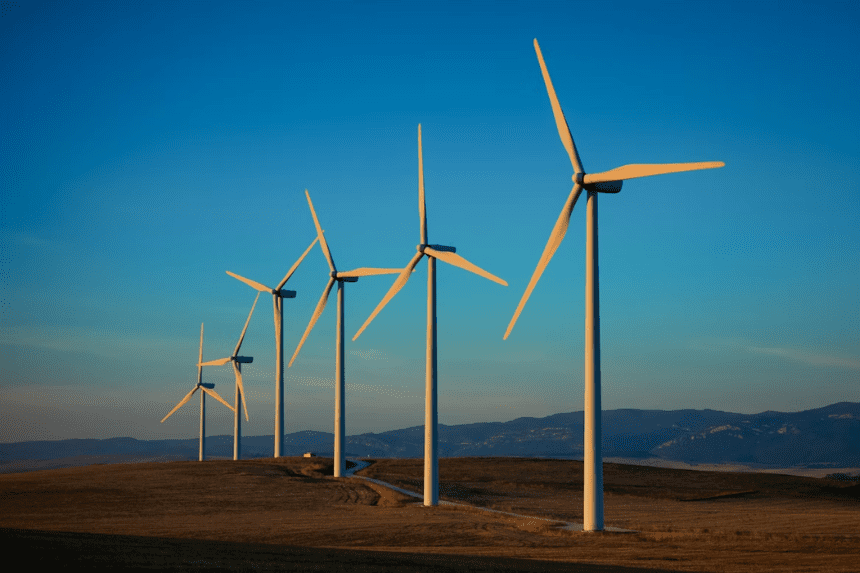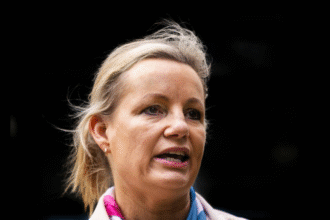In an important step towards climate action, the Australian government has announced an updated commitment to reduce its greenhouse gas emissions by 2005 by 2035 to reduce at a minimum of 62%. The revised target strengthens the country’s previous pledge of a 43% reduction by 2030 and aligns Australia more closely with global climate goals.
Prime Minister Anthony Albanis stressed that the new target is based on scientific research and has been achieved through practical measures. The announcement comes in view of a national climate risk evaluation that warned of to increase in extreme weather events and environmental threats across the country due to human-inspired climate change.
The update target supports Australia’s obligations under the Paris Climate Agreement and will be formally presented at the upcoming United Nations General Assembly in New York.
Why Did Australia Raise Its Climate Target?
Australia, among the most per capita polluters globally, is under increasing pressure to increase its climate policies. Recently, a government commission report confirmed that the nation had already exceeded 1.5 degrees Celsius. This warns of increased risk, including deadly heatwaves, severe floods, declines in water quality, and more than 1.5 million inhabitants. Property prices may fall by $ 611 billion due to climate-related damage. In response, the government adopted a more ambitious emission reduction target for a 62–70% reduction by 2035, depending on the advice of the Climate Change Authority. Here is the link to our article on 2050 Climate Risk.
What Steps Is the Government Taking?
The Australian Labor Government has deployed climate action as the central part of its policy agenda. Since taking over in 2022, the administration has increased the national emission target and announced an ambition to make Australia a “renewable energy superpower”.
The intention of initiatives includes investing in solar, wind, and green hydrogen projects, as well as supporting for adoption of electric vehicles. However, critics argue that continuous acceptance of fossil fuel projects reduces these efforts.
For example, the recent expansion of the North West Shelf Gas Project by 2070 has drawn a strong backlash from environmental groups and opposition MPs, who consider the move incompatible with the government’s net-zero goals.
What Are the Political Reactions?
Australia’s goal of cutting new emissions has led to political division. While climate-focused parties and independents welcomed the move, orthodox leaders have expressed concern about the economic impact.
Opposition parties, especially the liberal-national alliance, have expressed doubts. Some members are rethinking their stance on the National 2050 Net-zero target. Opposition leaders argue that new goals lack credibility and can cause high costs for consumers and industries.
However, the government’s climate plan continues to get support from scientists and environmental organizations, which looks like a step, although not yet enough to fully address the urgency of the climate crisis. Here is the link to our article on Glacier Climate Impact.
Is This Enough to Meet Global Climate Goals?
Under the 2015 Paris Climate Agreement, countries committed to limit global warming to pre-industrial levels to 1.5 °C. Australia’s latest step brings it closer to fulfilling this promise, yet experts take precautions that strong and sharp cuts are still necessary.
The recommended limit of the Climate Change Authority (62% -70% by 2035) sets a benchmark that will require both domestic changes and global cooperation. Climate scientists have insisted that partial action will not stop the worst results until fossil fuel is combined with a rapid phase-out.
Australia’s future climate flexibility depends not only on ambitious goals but also on the frequent, transparent execution of those goals.
Final Thoughts
Australia’s emissions cuts are at the forefront of the nation’s decision to raise its 2035 target, reflecting growing awareness of the urgent need for climate action. While this marks progress, balancing climate leadership with ongoing fossil fuel reliance remains a key challenge. As global temperatures rise and climate risks intensify, strong policy alignment and swift implementation are essential. Australia’s new target is a step forward — but far from the final one.








